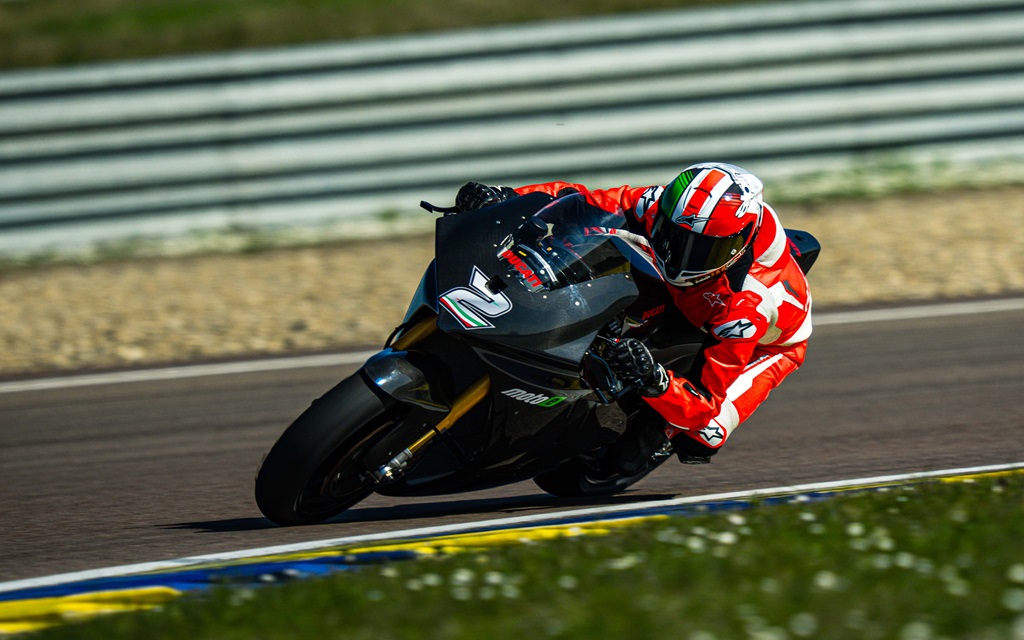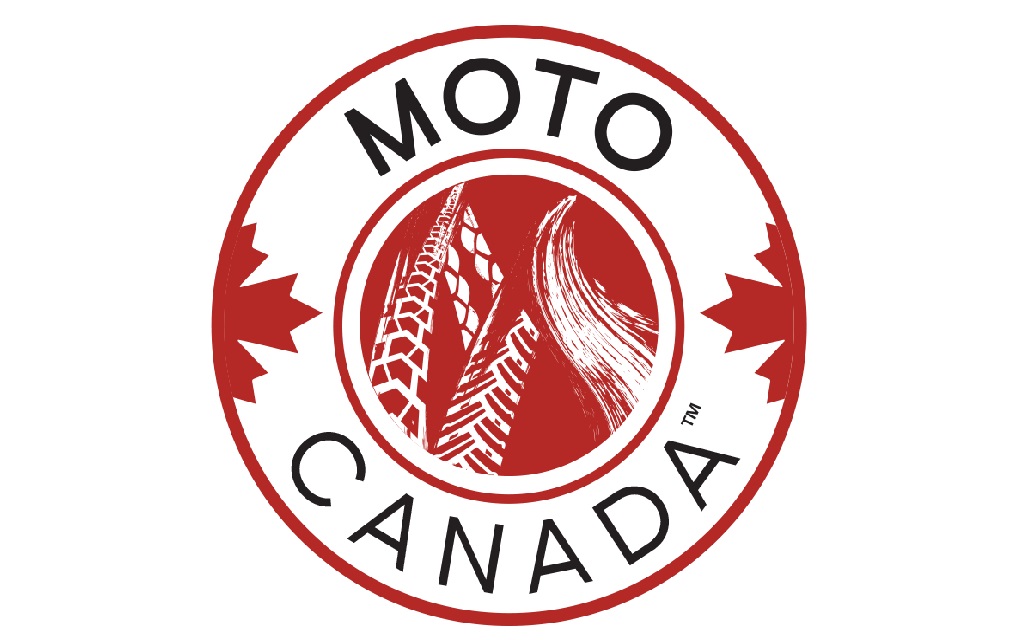The motorcycle seat can be a torture device. But it needn’t be that way
By Karen Steele
After a long day of riding on the beautiful back roads of Pennsylvania and upstate New York on my BMW F650GS, I was in such pain that I could barely swing my leg off the bike. I had spent the last couple of hours of that ride shifting my weight on my seat, standing up on the pegs, and sliding back on the seat to try and find some relief from the pain in my butt. It’s an experience that has happened many times in the past, and one that made me reluctant to plan for another long-distance tour.
The pain that I was experiencing was in my ischial tuberosities. That’s the medical term for the bony sit bones. I know because I’m an occupational therapist assistant and physiotherapist assistant. Recently, I’ve been working in an outpatient clinic setting up wheelchairs and seating cushions for clients with spinal cord injuries. A concern for many of the clients I see is skin breakdown. I’m not talking about a patch of dry, itchy skin. I’m referring to bed or pressure sores or decubitus ulcers. These develop when blood flow is cut off to an area of skin because of unrelieved pressure. If left unmanaged, they can lead to severe complications, and, in extreme cases, death. For a person with a spinal cord injury, the inability to shift weight and relieve pressure will most likely lead to the development of a pressure sore on their coccyx (tail bone), greater trochanters (upper outside edge of the thigh bones), or on their iscial tuberosity. These are called bony prominences, just a few of the many found throughout our bodies.
In 1973, a company named Roho developed cushions and support devices for the medical field: wheelchair seating, back supports, and mattress covers, to help minimize the risk of developing pressure sores. The technique they use is called dry floatation. Think of it the same way as if you were floating on the surface of water. Now, apply that same principle but replace the water with air. The cushion puts a thin layer of air, which is adjusted for each user, between the bony prominence and the hard surface of the preexisting seat.
In 1997, Roho began making seat cushions for transport and military vehicles as well as for motorcycle seats, employing interconnected air cells to distribute the body’s pressure evenly on the cushion. As an able-bodied person, I’m highly unlikely to develop a pressure sore, because I can shift my weight as I ride. But the thought of floating on air while in the saddle was appealing.
I tested the Roho Airhawk last season (more information at www.airhawk.net). The tendency is to overinflate the cushion, which I did, despite my experience adjusting the cushions of clients who use Roho wheelchair cushions in the outpatient seating clinic. This made the cushion feel as though I was sitting on a beach ball. Hardly the feeling you want when you’re leaning into a turn. I released a substantial amount of air, almost to the point that the cushion looked like there was no air in it at all. To test the cushion for correct inflation level, I affixed it on my bike with the supplied straps, set my bike on the centrestand, and then sat in my usual riding position with my feet on the footpegs. Ideally, you want about 10 mm of air between you and the hard surface of the seat. The best way to test is to slide your hand (or the hand of someone you’re close to) underneath your sit bones so the hand is sandwiched between your butt and the cushion. If the cushion is properly inflated, you should be able to wiggle your fingers up and down slightly.
The comfort of the Airhawk is astounding. I’m hardly aware of its presence, but the excruciating pain I’d experienced was gone. One particular incident really stands out. I rode my bike the 175 km up to John Sharrard’s shop for suspension work, and then hopped on my husband’s Multistrada and rode pillion back to the city. The difference was incredible. I was constantly adjusting my seating position trying to get comfortable, but to no avail.
My complaints are few. When it rains, it gets wet. The solution? Take it off. I also thought it might be stolen. Again, take it off. (Two straps loop around your existing seat pan. If you can remove your seat the Roho can be removed, too.) Prices range from under $100 to over $200 depending on the application, and they’re available from motorcycle shops. Go ahead — do your ischial tuberosities a favour.






